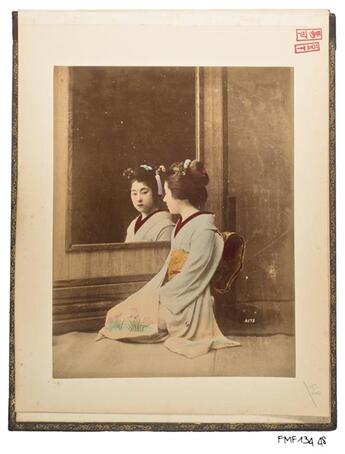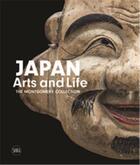-
Date de parution : 29/06/2023
-
Editeur :
Skira
-
EAN : 9788857244136
-
Série :
(-)
-
Support :
Papier
Résumé:
Take a tour of Meiji-era Japan through these exquisitely crafted hand-colored photographs
Photography found its way to Japan in the second half of the 19th century, toward the close of the Edo period and the beginning of the Meiji era, during which the new technology of cameras and film... Voir plus
Take a tour of Meiji-era Japan through these exquisitely crafted hand-colored photographs
Photography found its way to Japan in the second half of the 19th century, toward the close of the Edo period and the beginning of the Meiji era, during which the new technology of cameras and film development mingled with the traditional skills of local Japanese painters. These artists were able to color photographic prints by hand, meticulously applying paint to the tiniest of surfaces in order to accurately convey the richness of the environments they captured. The results of this highly disciplined practice were exquisite hand-colored albumen prints virtually indistinguishable from actual color photography.
Often purchased in albums as souvenirs by Western tourists, these photographs frequently depicted beautiful landscapes, dynamic architecture and various Japanese citizens in traditional garb. Because the largest market for these photographs was in Yokohama, a city south of Tokyo, the technical and aesthetic style became known as the "School of Yokohama." Clearly informed by artistic movements of the time and echoing the work of greats such as Utamaro and Hokusai, these photographs are as much a demonstration of their creators' skill as they are a record of everyday life in 19th-century Japan.
This volume presents a wide survey of these now-obscure masterpieces, each infused with both a sense of nostalgia and an undeniable liveliness.
Donner votre avis









